Honeycombing (lungs)

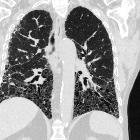
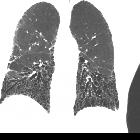


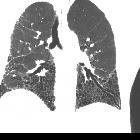

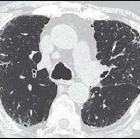
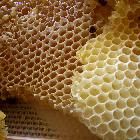

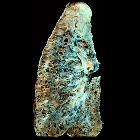



Honeycombing is a CT imaging descriptor referring to clustered cystic air spaces (between 3-10 mm in diameter, but occasionally as large as 2.5 cm) that are usually subpleural, peripheral and basal in distribution. They can be subdivided into:
The walls of the cysts are well-defined and often thick (1-3 mm) . They represent an irreversible finding commonly seen in diffuse pulmonary fibrosis (usual interstitial pneumonia UIP).
Pathology
Honeycombing consists of enlarged air spaces with thick fibrotic walls lined by bronchiolar epithelium and often filled with mucin and inflammatory cells .
History and etymology
The term “honeycomb lung” is thought to have originated in the 19century in Germany and is thought to have first appeared in 1949 in a study by N Oswald and T Parkinson .
Differential diagnosis
- in some situations
- paraseptal emphysema and paracicatricial emphysema
- traction bronchioloectasis
- airspace consolidation in the presence of pulmonary emphysema can mimic this appearance
Siehe auch:
- Honigwabenmuster
- gewöhnliche interstitielle Pneumonie (UIP)
- microcystic honeycombing
- Emphysemtypen
- macrocystic honeycombing
und weiter:
- Langerhanszell-Histiozytose der Lunge
- Lungenemphysem
- Lungenfibrose
- Milchglasverschattungen
- animal and animal produce inspired signs
- multiple zystische Lungenherde
- pulmonale und mediastinale Sarcoidose
- Pneumocystis jiroveci Pneumonie
- Honigwabenlunge
- PLCH
- hard metal pneumoconiosis
- Emphysem
- fibrotic idiopathic interstitial pneumonia
- diffuser Alveolarschaden

 Assoziationen und Differentialdiagnosen zu Honigwabenlunge:
Assoziationen und Differentialdiagnosen zu Honigwabenlunge:

